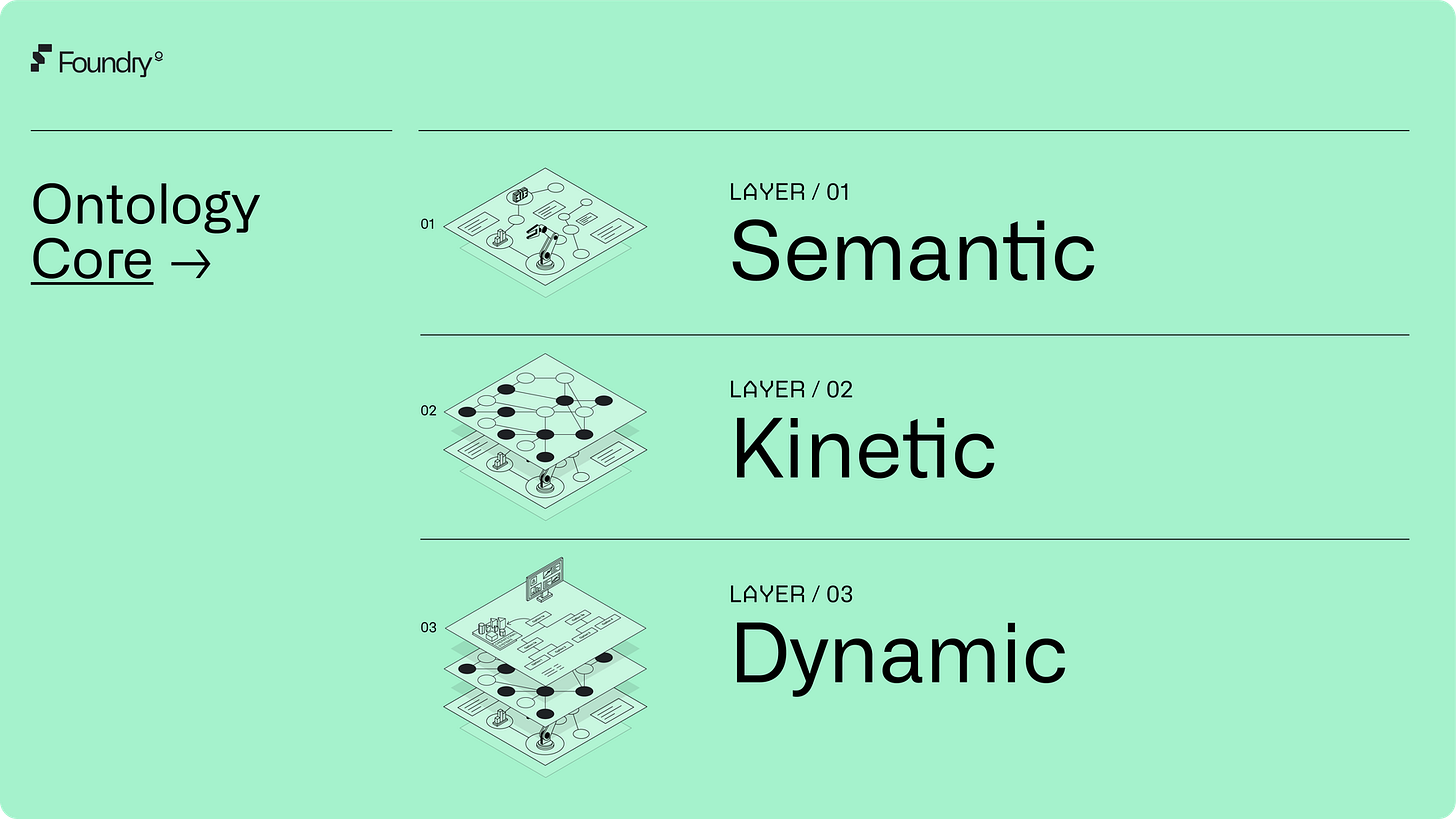YWR: The Defense of Elysium
I’m always interested when a large cap tech stock tears a hole in the sky and no hedge funds own it.
HF’s are tech stock momentum junkies.
So what’s the stock? And why are they missing it?
It’s Palantir.
Hedge Fund Holdings Analysis
Layer 1: Palantir and the Containerisation of Thought (objects for AI).
The Numbers
Layer 2: Palantir and the Defense of Elysium
The Oracle Analog
How we play it.
Hedge Funds Holding Analysis
Every 6 weeks, or so, we analyse the top 21 equity positions at over 300 global hedge funds (Hedge Fund Holdings Analysis June 16, 2025). It’s one of our techniques for monitoring market positioning. What’s crowded, what’s not.
And here are the Top 21 stocks held by these 322 funds as of June 16th.
It’s all the usual stuff.
Within these 322 funds are 5,905 top 20 stocks (not all funds have data on 20) and 2,285 unique line items (there is overlap of the same names).
So amongst these 5,905 positions held by 322 funds how many times does Palantir show up?
12
Right. 3.7% of the smartest hedge funds in the world own Palantir in their Top 20.
Basically nobody.
They’re missing it. Which means it’s interesting to us.
As a side project I invite you to use the YWR data to look at which funds own Palantir and then look at what else they own. Kind of like a Netflix recommendation engine. If they get Palantir, what else do they own? YWR Data and Models
Now most articles on Palantir will jump right to Alex Karp and the Elysium angle, but we’re going to flip it around. I want to start with the tech. We’ll get to Elysium later.
Palantir and the Containerisation of Thought
In April we wrote about the ‘Containerisation of Thought: And how it changes everything’
The main idea was an analogy between container shipping and AI.
Container shipping changed everything about logistics, but the key was it required an entirely different infrastructure for handling freight. Everything had to change. Container ships, container cranes, containerised trucks, containerised legal agreements, contracts, etc. You were shipping containers, not goods.
The AI version of the 20 foot container is the JSON Object.
Our view was that the entire structure of enterprises needed to change from Microsoft 365, to an AI driven system where AI’s act on objects and pass objects from one AI to the next. And humans need to think about where they add value in this new infrastructure. Where is the value for the ‘human in the loop’?
So isn’t it interesting that Palantir figured this out back in 2012 and built an entire software system around objects. To be fair, I don’t think back in 2012 they knew where AI was going, and that their new architecture for interacting with data as objects would be ideally suited to AI, but somewhere along the way the two paths merged.
At its very core Palantir’s Foundry is a meta layer that sits on top of existing databases and converts these tables into objects. In the old world this data would come together through SQL ‘JOIN’s and MERGE’s’ of tables. With Foundry this data is formed into an ‘Object’. This object can be passed to an AI to perform an action.
Small difference (object vs table), but big change in capability.
For example a line of item of a flight in a database is combined with another database line item of aircraft to create a flight as an object with properties.
Once you have that Semantic layer of ‘objects’ and their linkages to other objects, you can start to perform AI actions on them. Palantir calls these the Kinetic and Dynamic Layers.
Effectively, Palantir built the operating system which enables the ‘Containerisation of Thought’.
The Numbers
For a long time critics would say Palantir was an expensive stock with no earnings.
And yes, it was true. Because they were off building something totally new for a future which didn’t yet exist.
So it seemed crazy. But not any more. Because now the whole world has woken up to how data and intelligence will work with AI and Palantir has the software for it.
In Q1 2025 revenues grew 39% yoy to $884mn powered by both government and commercial contracts.
Margin expansion turned this 39% revenue growth into 73% growth in operating profits.
This momentum has surprised analysts and you see Palantir has some of the highest estimate momentum in the world (YWR Estimate score of 83)
What these numbers are telling you is there is a moment of realisation at hand.
The US military, US companies, global companies realise the importance of this new architecture and how it enables AI driven operations. It’s the infrastructure to take from AI chatting with you to AI running the company.
And now we get to Alex Karp and Elysium
Layer 2: Palantir and the Defense of Elysium
Last year we explored a contrarian possibility. A future the complete opposite of the standard economic theory of convergence.










